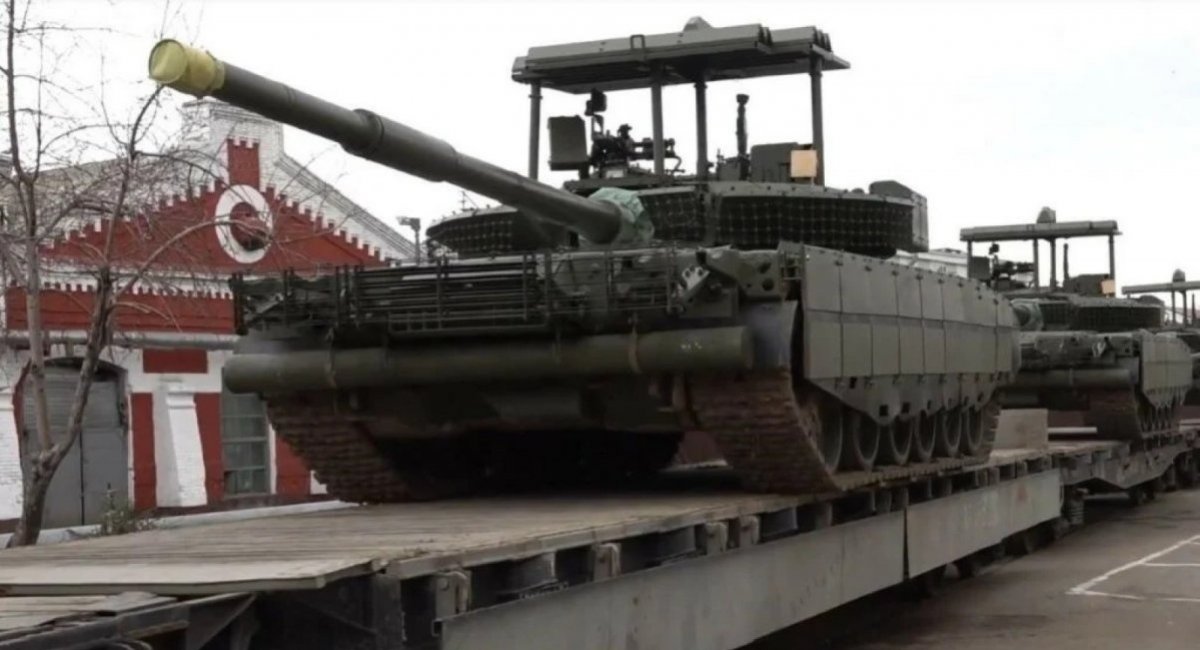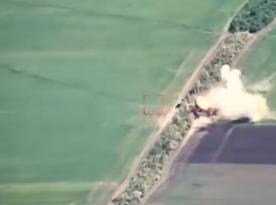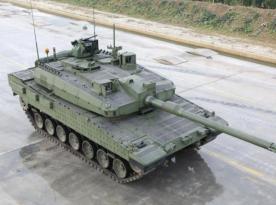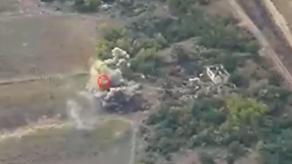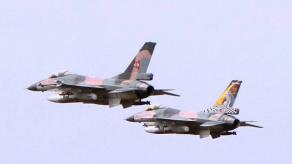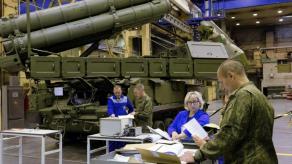The editors of the btvt.info website have published interesting retrospective data on the technical issues faced by the russians when removing T-80B/BV main battle tanks from long-term storage and reconditioning them for use.
Worth noting, the report focuses on 2022 and is based on the examination of only 61 tanks, meaning the findings may not fully represent the broader scope of the process across all stored tanks. It also lacks information regarding the exact duration these tanks were in storage. Nonetheless, the data presented is quite revealing about the common challenges russians encounter when refurbishing their MBTs.
Read more: Researchers Counted Remaining T-80 MBTs in russian Storage, Enough to Keep the Army Supplied Until 2026
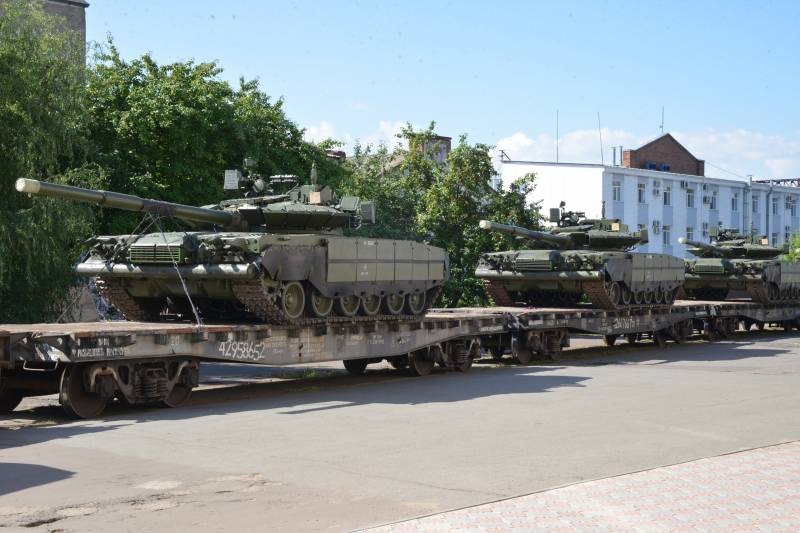
The inspection of these tanks, which were stored in open-air conditions, took place between May 27 and June 14, 2022. Of the 61 tanks analyzed, 44 experienced technical failures. The majority of these failures were found in tanks produced in the years 1983–1989, indicating a clear correlation between the time spent in storage and the likelihood of malfunctions.
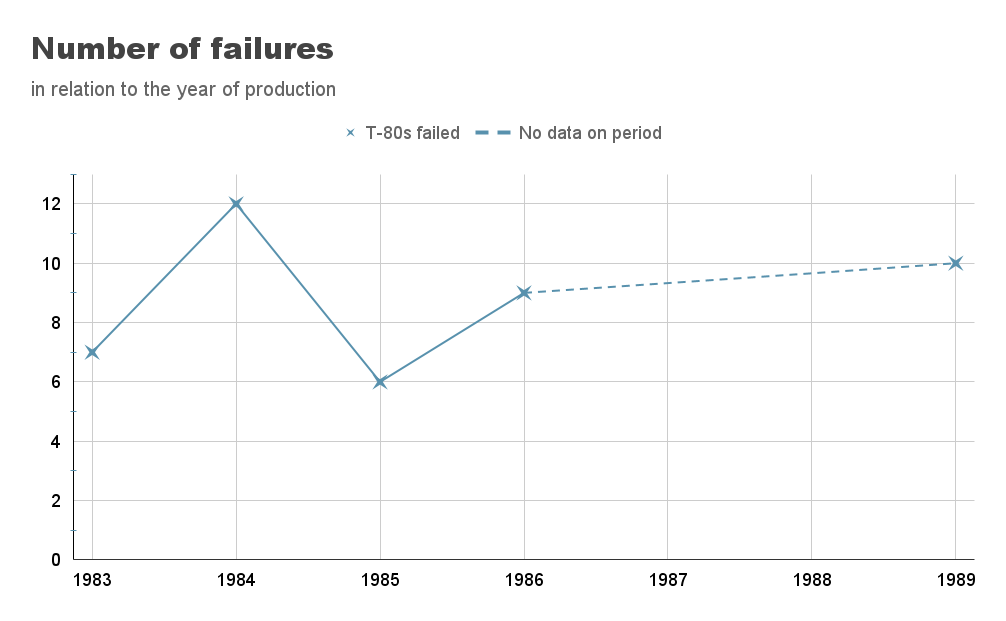
The authors explain this correlation by the "physicochemical processes" occurring in the system components of the tanks due to long exposure to the environment. As for the nature of the issues, the most frequent problems were related to armaments (21 failures), electrical and radio equipment (13 failures), power plants (8 failures), and transmissions (2 failures).
A more detailed breakdown by components shows that the largest number of issues were with the 1G42 rangefinder sight (7 failures), the engine (4 failures), and the weapon stabilizer (3 failures).
Additionally, 24 out of the 61 tanks were found to be missing sections of the thermal sleeve for the 2A46M gun. In many cases, the tanks were deemed unfit for even the most basic "drive and shoot" functions.

These findings serve as an illustration of the technical problems that can plague russian tanks left in open-air storage over long periods. However, there is currently no information on the eventual fate of these particular T-80BVs that were found to have these issues.
It’s worth noting that in September 2023, reports surfaced that russia is considering resuming production of the T-80. However, the practical implementation of this plan remains unclear.
Read more: Why Does russia Want to Renew the Production of T-80 Tank



